The 75th hallmark can be found both on new items and on the surface of antiquities. In this article we will consider how to decipher this marking, which alloys are stamped in this way, and whether the numbers "75" can tell about the rarity of the product.
Assay 75 - what kind of metal is it - silver or gold
75 sterling silver or gold is absent from all the systems of measures that determine the proportions of a precious alloy. However, such an imprint can indeed be seen on jewels.
Markings can wear off over time from regular wear and unfavorable factors.
It is likely that the impression 75 on the silver jewelry is 875 proofwhere the number "8" has been erased. If the number 75 is on a gold piece, it is probably 750 markingwhere the "0" has become unreadable over time.
The laser method of marking jewelry, which is widely used, allows you to get a print that usually lasts for 5 years with daily wear of the jewelry. After this point, the numerals of the mark often become obliterated.
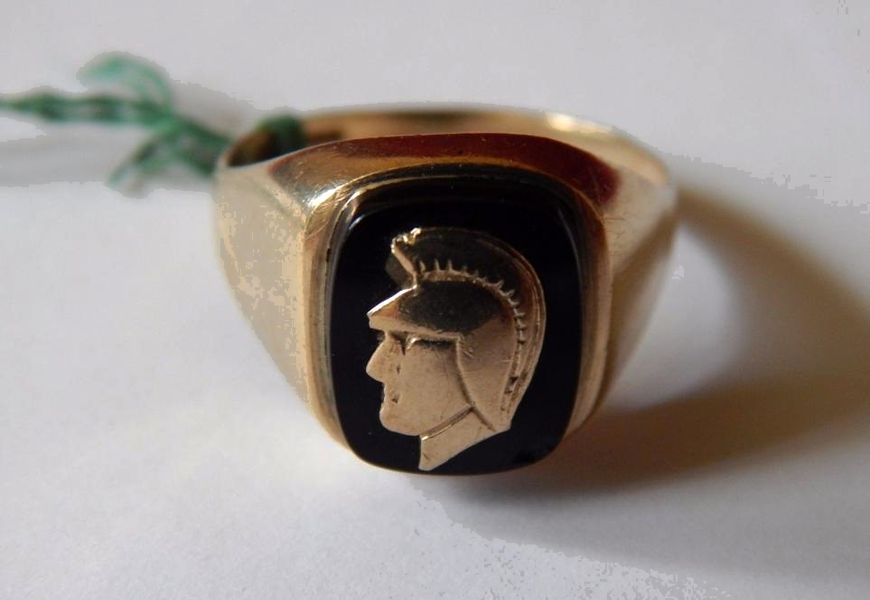
If the imprint 75 is clearly visible, it may be an inverted mark of the Sunlight jewelry company. The "SL" mark is characteristic of their products.
If, apart from the abbreviation "SL", there is no designation on the jewellery piece, it is made of bijoutera alloy. If, on the other hand, the company's name is written together with a three-digit number, then it is a precious piece of jewelry. The number will tell you the purity of the precious metal used, the higher it is, the more expensive the material used.
Silver: properties of pure metal, the need for ligatures
Silver is one of the three main noble metals. What they have in common is their resistance to corrosion and oxidation, as well as their natural rarity.
Lunar metal is malleable, very ductile, has maximum reflectivity, and has a relatively high melting point of 962 оС. In its pure form it is used for casting bank ingots, in many industries. In jewelry it is almost always used in the form of an alloy with various impurities, because it does not have a sufficient resource of wear resistance.
Ligatures allow you to improve a variety of silver characteristicsThe following are some of the ways to improve the wear resistance, color change, and machinability, for example.
The alloying component of silver alloys is copper, and less frequently, platinum and palladium.
Characteristics of basic samples
Branding on the silver decorating tells you the amount of pure precious metal contained in the alloy. The higher the number, the higher the percentage of silver relative to the whole material.
Silver alloys are regulated by GOST 6836-80. All jewelry items containing more than 30% of the precious metal are subject to branding.
800
The marking "800" indicates that for 800 grams of pure silver there are 200 grams of impurities. The alloying component is copper, which gives the material a reddish hue due to its high content.
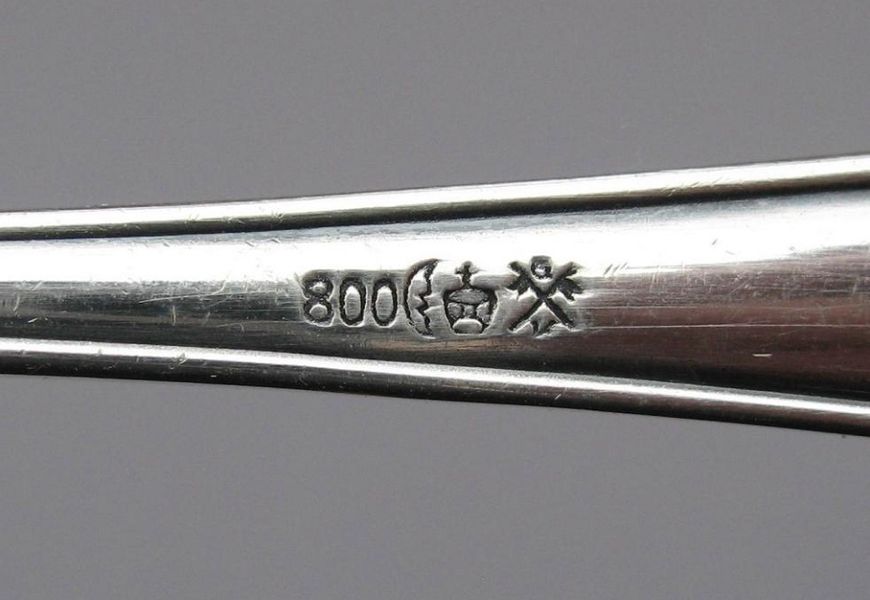
800 proof is a strong and malleable alloy, which is almost never used for jewelry. It is used for tableware, household items, and souvenir products. The alloy is widespread abroad, especially in France, Italy, and Turkey.
830
The alloy contains 83% of pure lunar metal. It is mainly used to create tableware. Particularly popular are sets, vases, openwork cutlery of this alloy.
875
The 875 assay is quite common because of its relative cheapness and high strength. The alloy looks more attractive than the lower samples, is suitable for creating regularly used household items, and oxidizes less.
The ligatures of this marking are copper, germanium, and silicon.
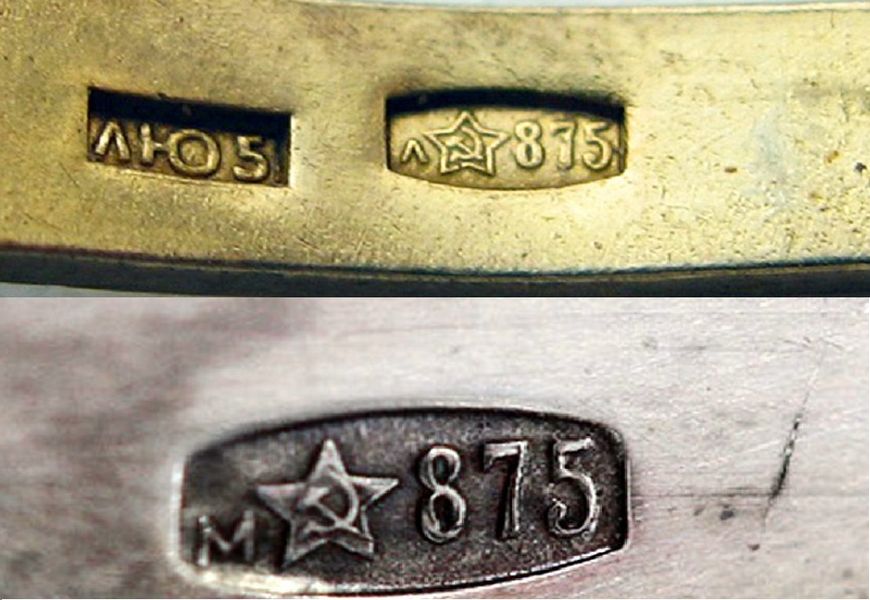
916
One kilogram of the alloy has 916 grams of silver, and the remainder is various impurities. Today, the hallmark is practically not used in jewelry, but was extremely common during the Soviet era.
Items from the Soviet era with the imprint "916" are of cultural and historical value. The cost of such items is many times more expensive than their modern counterparts.
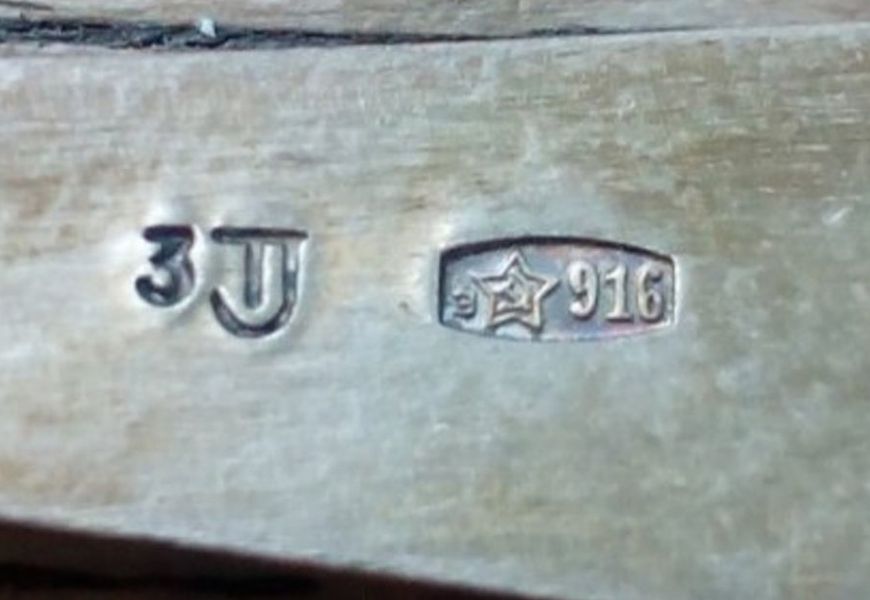
925
This alloy differs from lower samples in flexibility and higher precious metal content. The casting properties allow for the creation of true masterpieces of this material. It is often referred to as "sterling"because in the 12th century it was used to mint English coinage.
The impurities that the alloy contains in small amounts increase the wear resistance of the finished products. Sample 925 can be found on exquisite chains, rings, pendants, which do not lose their attractive appearance from prolonged wear.
The material practically does not oxidize in contact with food, so it is often used for the production of expensive tableware.
960
The alloy contains at least 96% silver, so it is virtually unaffected by air and moisture. It does not tarnish and lends itself well to polishing. It is used for fine jewelry work, cost which depends largely on the complexity of the product.
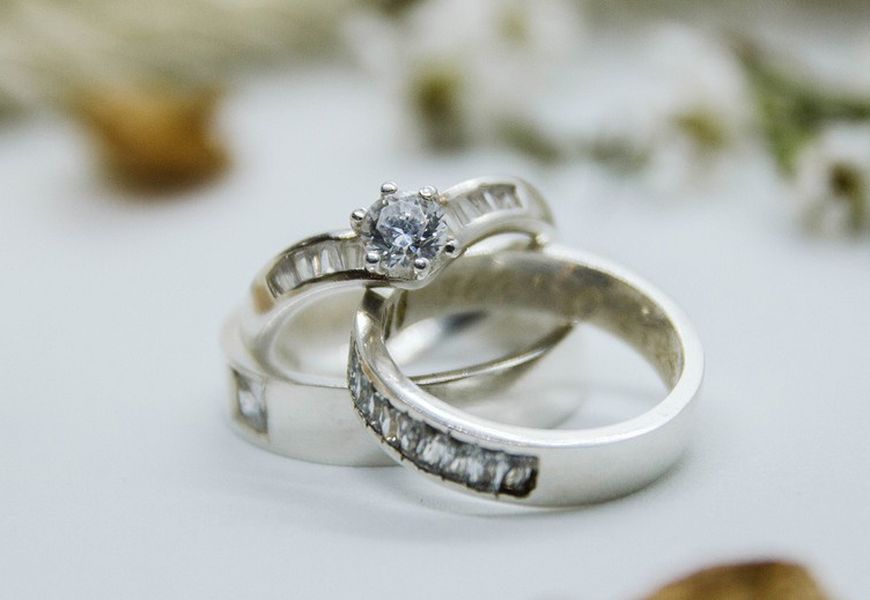
This material is quite soft, so it requires careful handling and regular care. The 960 proof is also used to create luxury items.
999
The alloy is practically pure silver with only 0.1% of impurities. The material is used for casting bank ingots, making elements of electrical equipment, and solders. It is not used in the jewelry industry, because jewelry made of pure precious metal is too easy to damage.
In addition to the materials listed above, there are silver alloys such as doré, consisting of moon metal and gold, and shibuichi, the bulk of which is copper.
The lowest silver assay is 600. It is not used for casting jewelry, but it is used to create solders by some industries.
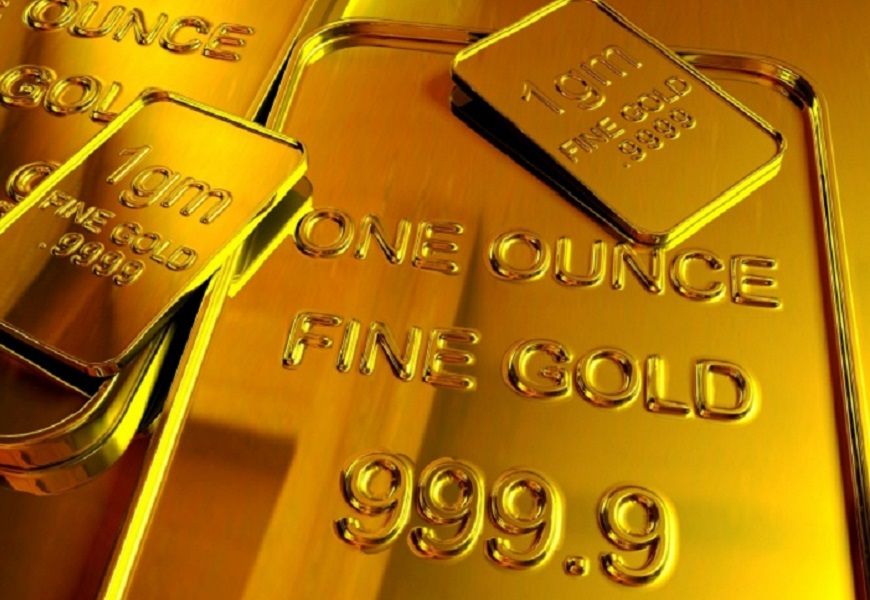
Table: Comparison of alloy compositions
According to the metric system adopted in Russia, the highest silver marking is 999 and the lowest is 800. The difference between samples becomes obvious if you compare their composition.
| Sample | Silver | Copper |
|---|---|---|
| 960 | 96% | 4% |
| 925 | 92,5% | 7,5% |
| 875 | 87,5% | 12,5% |
| 830 | 83% | 17% |
| 800 | 80% | 29% |
Ratio of samples, carats and old golds
There are a total of 4 sample systems:
- Lot;
- Zolotnikovaya;
- Carat;
- Metric;
In Russia, the metric system applies, its three-digit number indicates how much of the base precious metal per 1,000 grams of the entire alloy.
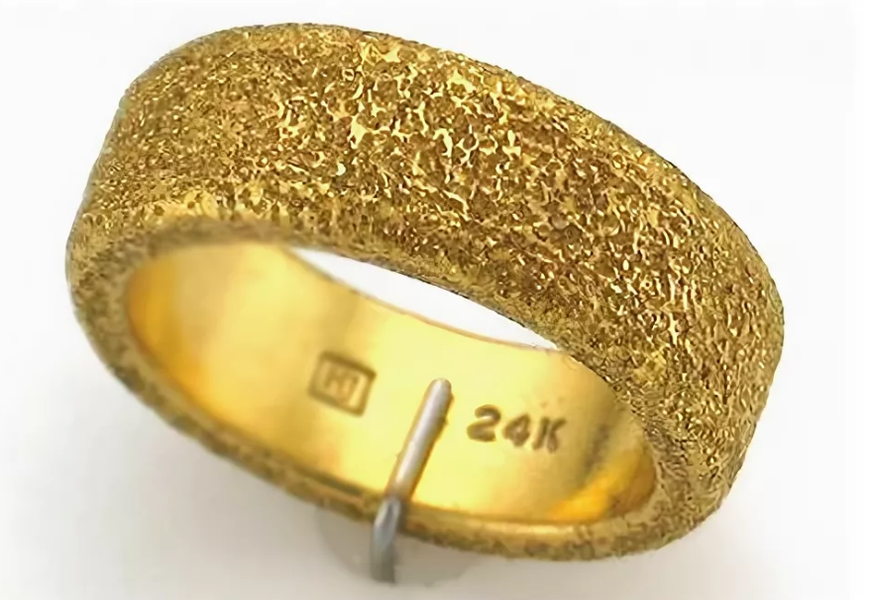
The countries of Western Europe, Canada and America have adopted the carat system. For precious items, there are values from 9 to 24 carats; the numerical value indicates how many carats of the precious metal are in a 24-carat alloy.
To convert the carat value to metric, you must cast it by 24, then multiply it by 1000.
The zolotnik system was based on the Russian pound, which contained 96 zolotniks. It was similar to the karat system, spool marking reported the number of gold pieces in the entire alloy in relation to the Russian pound.
The lot system was based on the European stamp, which contained 16 lots. For jewelry, lot values from 6 to 16 lots are provided. The lot value indicates the number of lots of the precious metal in the entire alloy being assayed.
Type and location of the stamp
Information about the product can be found in different parts of it:
- Rings are branded on the inner rim;
- On spoons, you should look for the sample on the back of the handle;
- Bracelets and chains are branded next to the clasp;
- Earrings are branded on the base or clasp;
Branding on an authentic precious object looks as follows: first, the code of the State Inspectorate, then the hallmark of the assay certificate, followed by a numerical value samples.
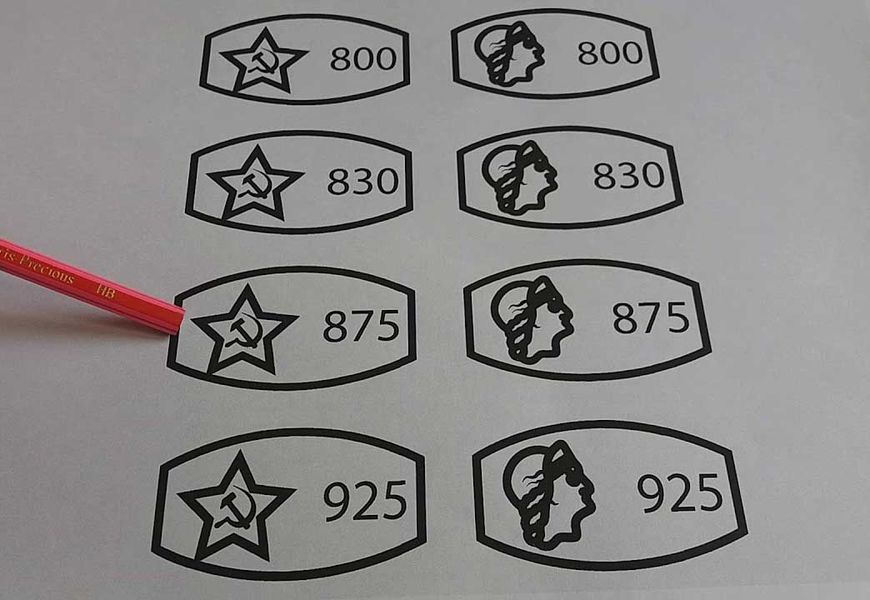
The inspection cipher informs about the territory where the product has been stamped. The certification mark is individual for each producing country. In Russia it looks like the head of a woman in a kokoshnik.
The information about the silver piece should be inscribed inside a figure resembling a barrel. On gold jewelry, the figure will have the shape of a spatula, while the information on platinum alloys is inscribed inside an octahedron.
History of silver marking in Russia
The decree of Peter the Great concerning the issues of approbation and trade in jewelry was the beginning of branding. The decree protected the interests of honest entrepreneurs, fair competition and the country itself. Thanks to Peter I a system of assay control appeared.
Prior to this order, only the branding was applied. silverware. The imprint did not inform about the purity of the alloy, it only confirmed that the ornament was indeed precious. Before the decree of Peter I, there were many marks, as there was no single standard. After his decree for silver alloys there were introduced 4 marks, which corresponded to the zlotnik system.
Silver brand In the times of the Tsarist Russia, it could contain not only the spool value, but also the initials of the master or owner of the company, and the year of manufacture.
In accordance with the metric system, silver began to be branded in 1927, when this system became the main for the USSR.
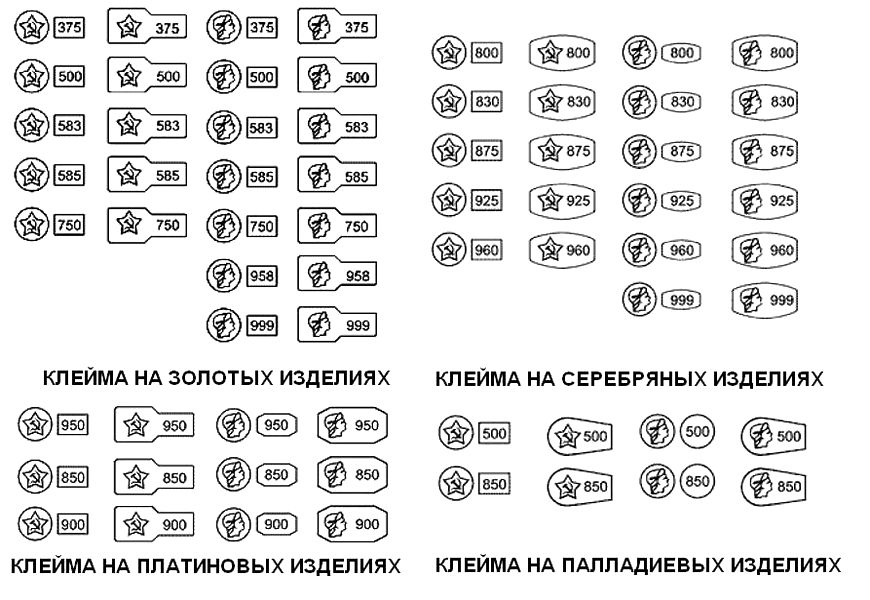
Table: The cost of silver depending on the carat
In order to find out the current price of any silver alloy, it is necessary to multiply the price of pure silver by the required coefficient. The price of the purest precious metal is set daily by the Central Bank of Russia, based on the values of the London Stock Exchange.
The table below provides an approximate cost of silver alloysvalues are valid for the year 2021.
| Sample | Cost per gram |
|---|---|
| 999 | 60 rubles |
| 960 | 57.6 rubles |
| 925 | 55.5 rubles |
| 875 | 52.5 rubles |
| 830 | 49.8 rubles |
| 800 | 48 rubles |
Video: all about silver hallmarks
Question and answer section:
What does the silver hallmark 75 mean? Is there such a hallmark?
If the seller assures you that the silver is genuine 75 proof, you can be sure that they are trying to deceive you.
The item has a 75 proof. How do I check if it is gold or silver?
You can try applying a drop of a chlorine-containing substance, such as "Belize", to an inconspicuous part of the product. Silver the product will react to contact with the drop by darkening, the surface of the gold will remain unchanged.
Also a good solution would be to turn to professionals who will determine the metal unmistakably.
Jeweler's comment

